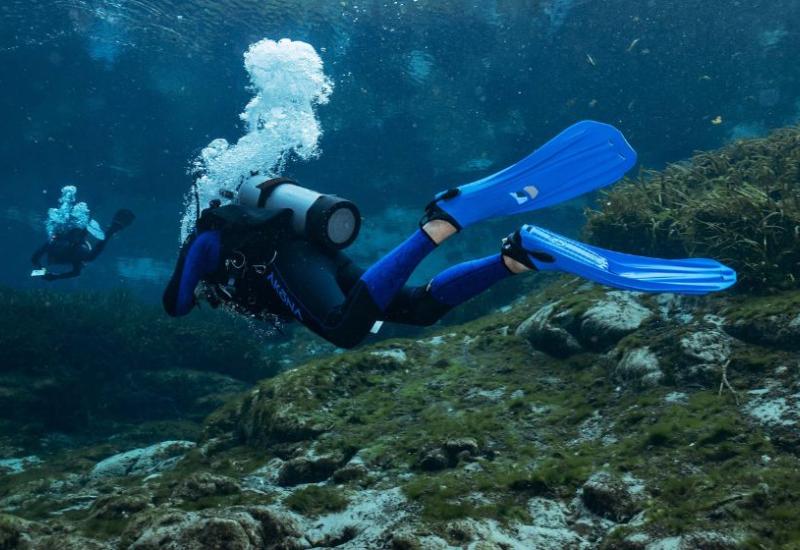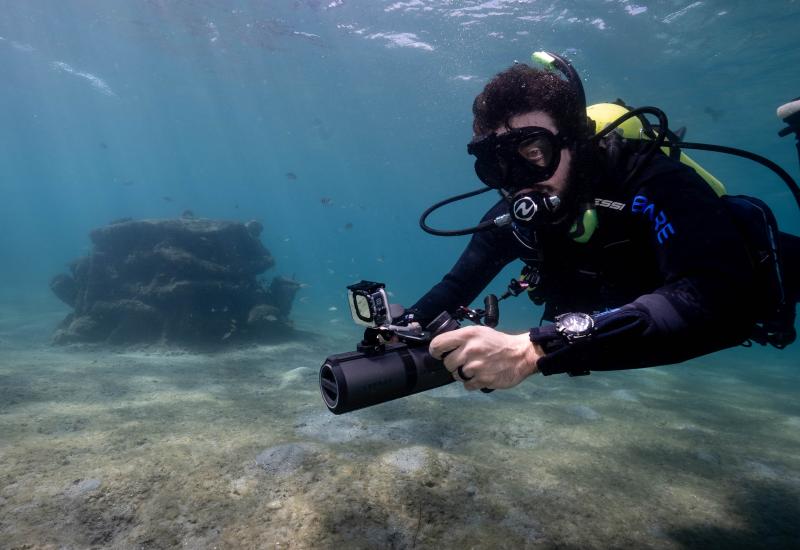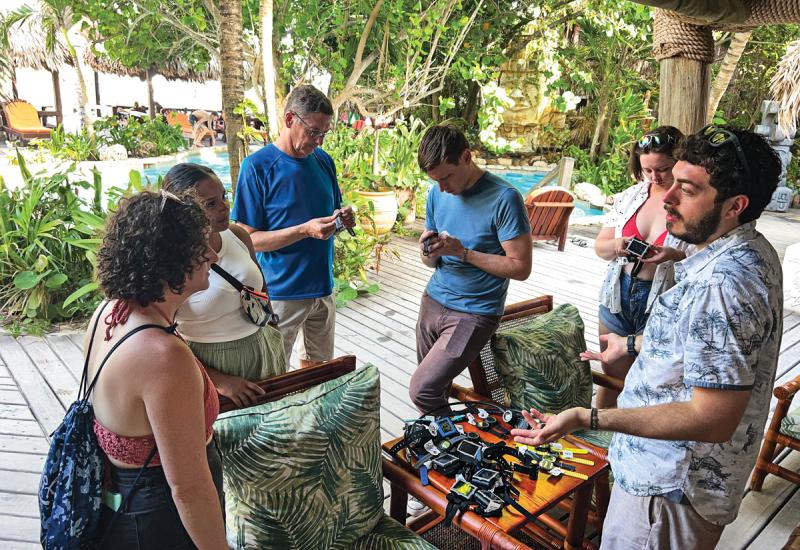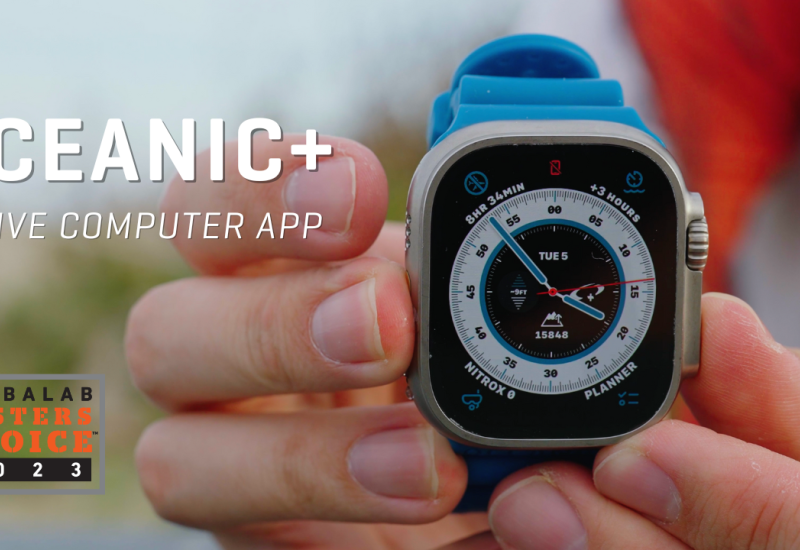Scuba Regulator Review 2018
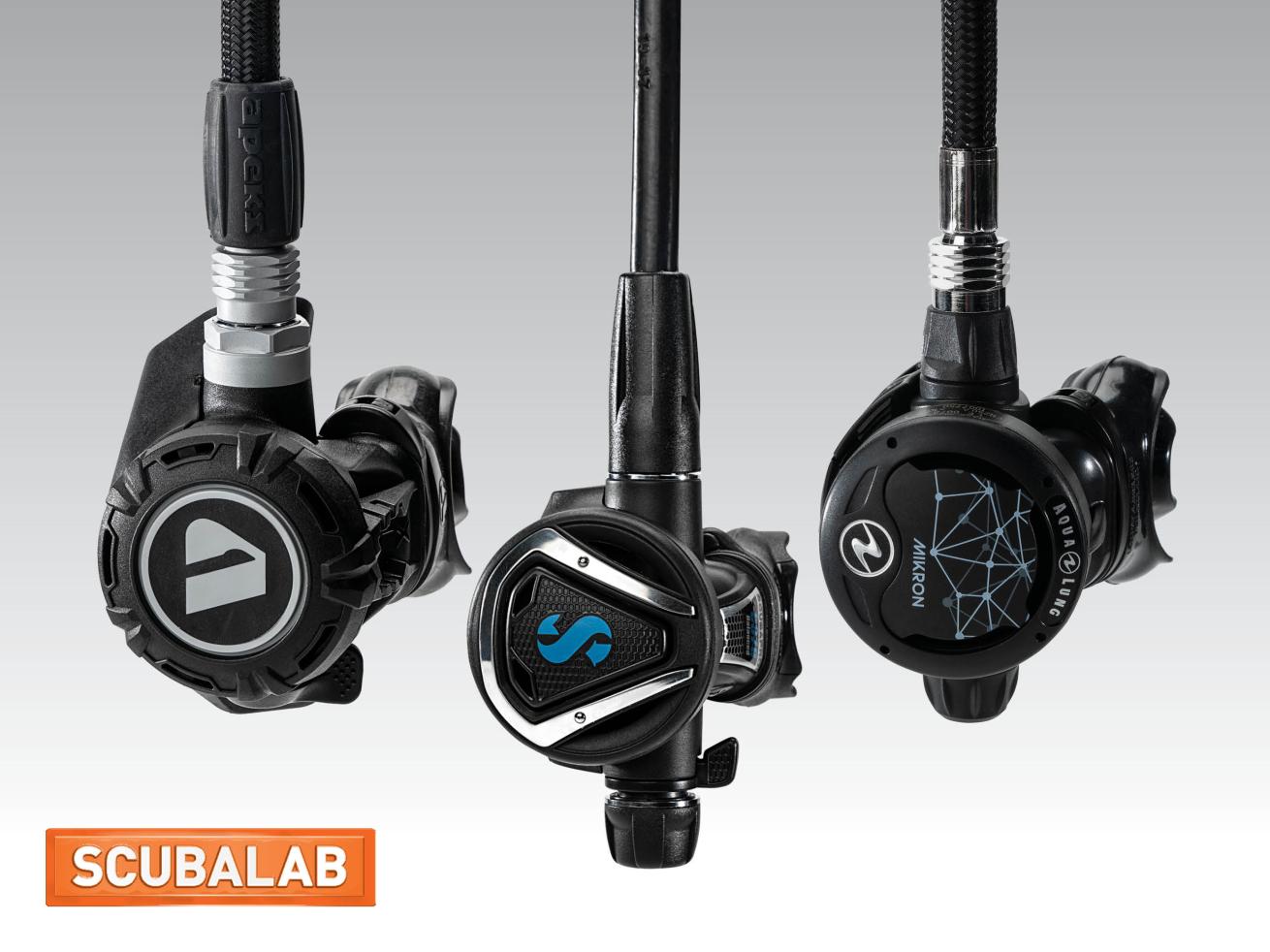
Jon WhittleWe test seven of the best new rec and tec scuba regulators.
Each year, the ScubaLab test team takes the latest scuba regulators — or models that they have not been able to test yet — and puts them to the test. See which models earned Tester Choice and Best Buy honors in ScubaLab's 2018 regulator review.
Here are the models ScubaLab reviewed in 2018:
2018 Scuba Regulator Review
- Apeks XL4
- Aqua Lung Mikron
- Cressi AC10V/XS-Compact
- Cressi T10 Cromo/Galaxy
- Scubapro MK11/C370
- Seac DX 200
- Mares 75XR-DR Full Tek Set
Don’t See Your Reg?
The number of products we test changes from year to year because we test products that we haven’t tested before, or that have had changes affecting performance since we last tested them. If a reg’s not here, odds are we’ve previously tested it (79 regs in the past five years). Go to scubadiving.com to find past gear reviews.
Apeks XL4
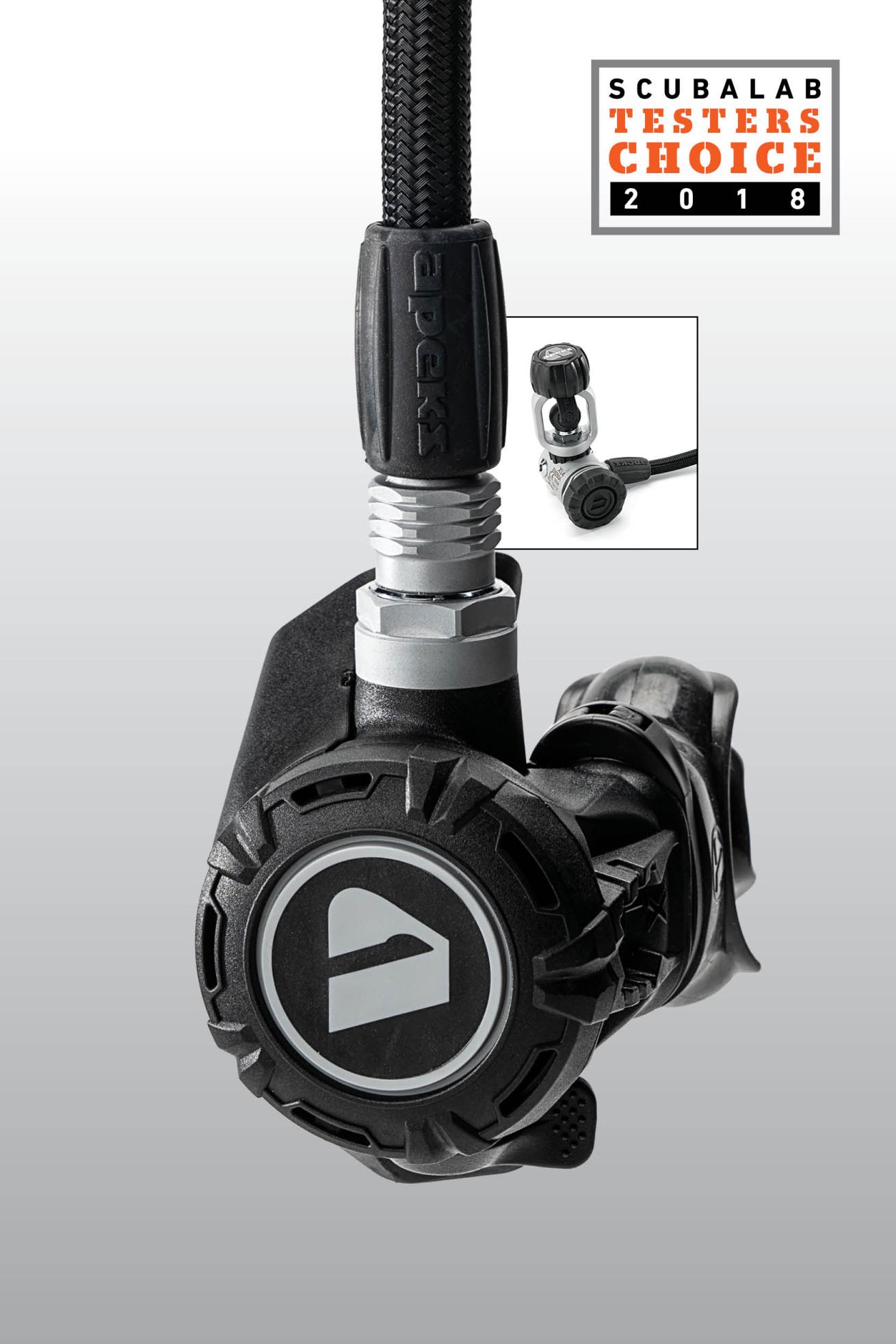
Jon WhittlePrice: $520; Apeks
With its tiny second stage, the XL4 might not look like a muscle reg, but looks can be deceiving. It took excellent scores in the simulator across all our depths and breathing rates. Pushed even to 278 feet, its breathing effort was still rated excellent. Test divers recorded the same easy breathing we saw on the simulator. “Perfect,” said one tester. More surprising was such performance with no breathing adjustment; as a tester noted, “Doesn’t have one, doesn’t need one.” It also took top scores for dryness in both normal and head-down positions.
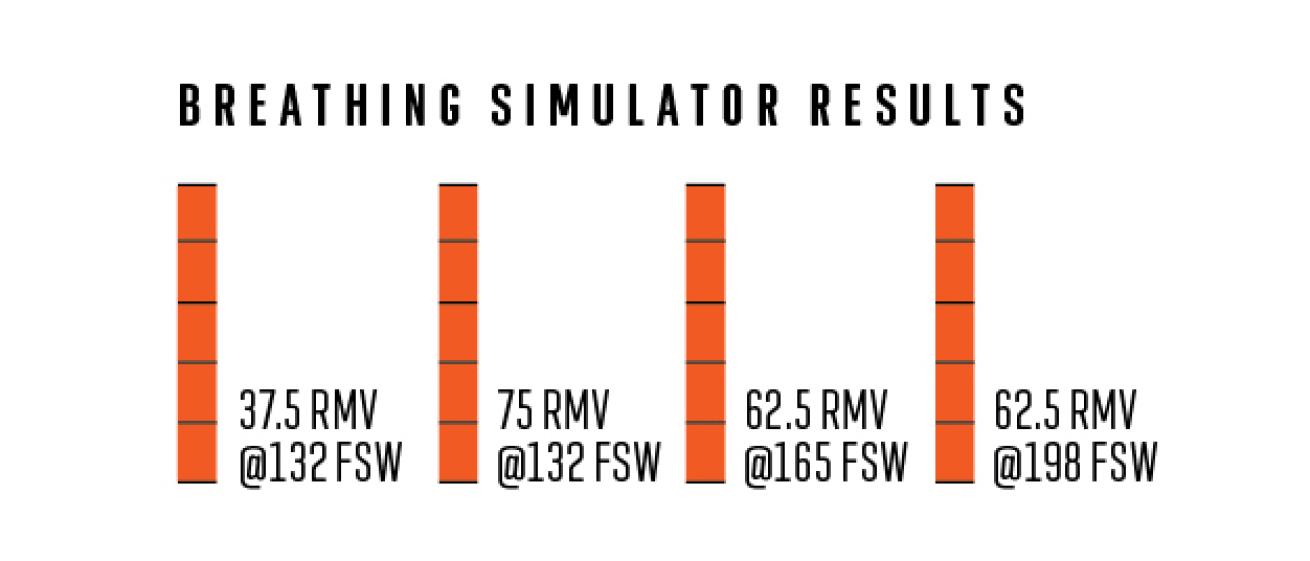
Scuba DivingApeks XL4
Some divers felt the purge was a bit stiff, and it was the only reg in the test with a single HP port. But divers overwhelmingly chose it as their favorite thanks to its heavy-hitting performance and lightweight comfort.
The Apeks XL4 is our Testers Choice.
Aqua Lung Mikron
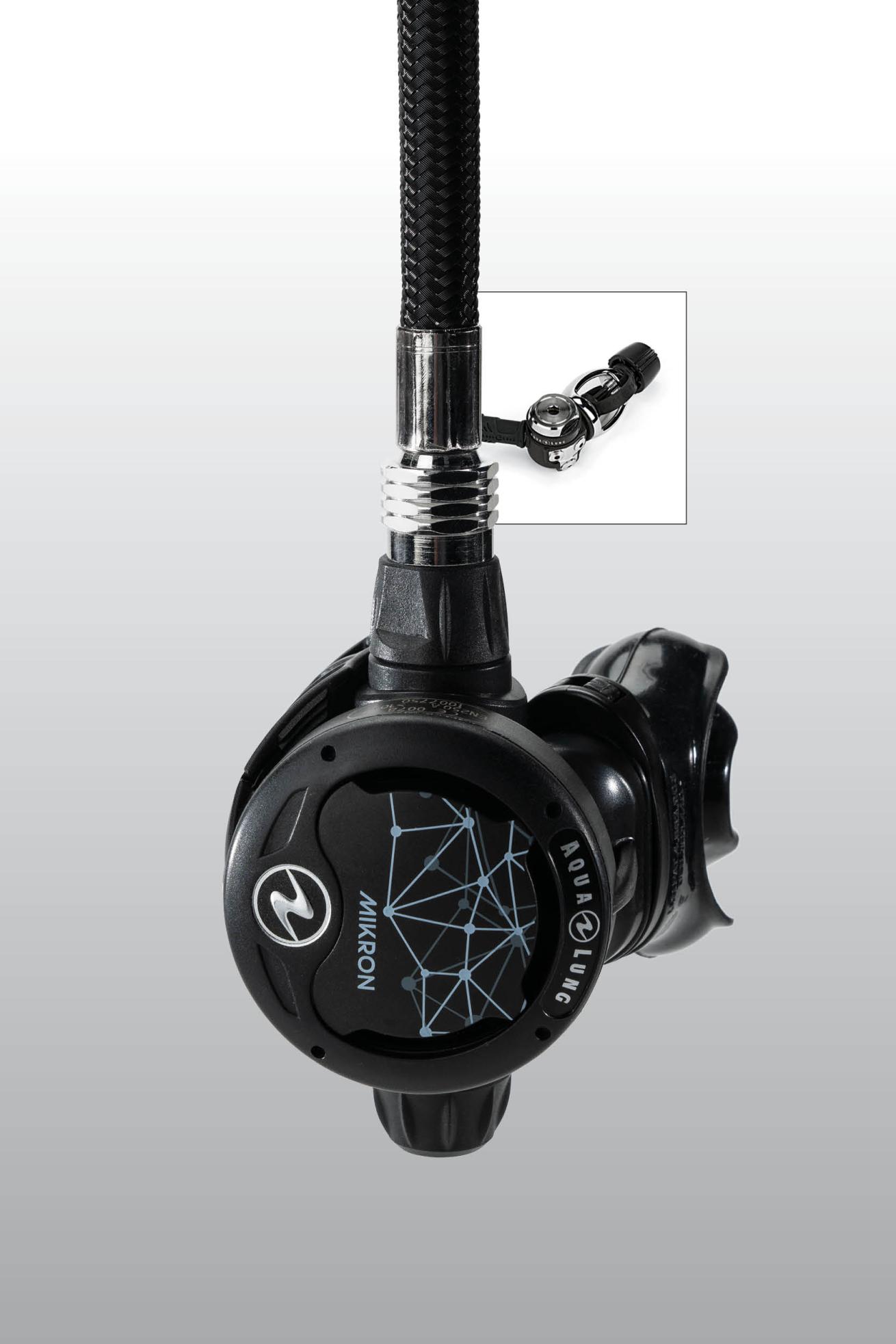
Jon WhittlePrice: $499; Aqua Lung
This reg’s lightweight second stage earned a perfect score for comfort, the only regulator in the test to do so. “Really enjoy how light it is. Doesn’t feel like it’s hanging out of your mouth,” one tester commented. The Mikron also took very good scores in all positions for dry operation. “Perfectly dry,” a test diver wrote. Divers noticed some bubble inteference — no surprise given the Mikron’s minuscule profile. Breathing adjustment was rated very effective, and divers really felt the change in resistance — although some would have preferred a wider range of variability.
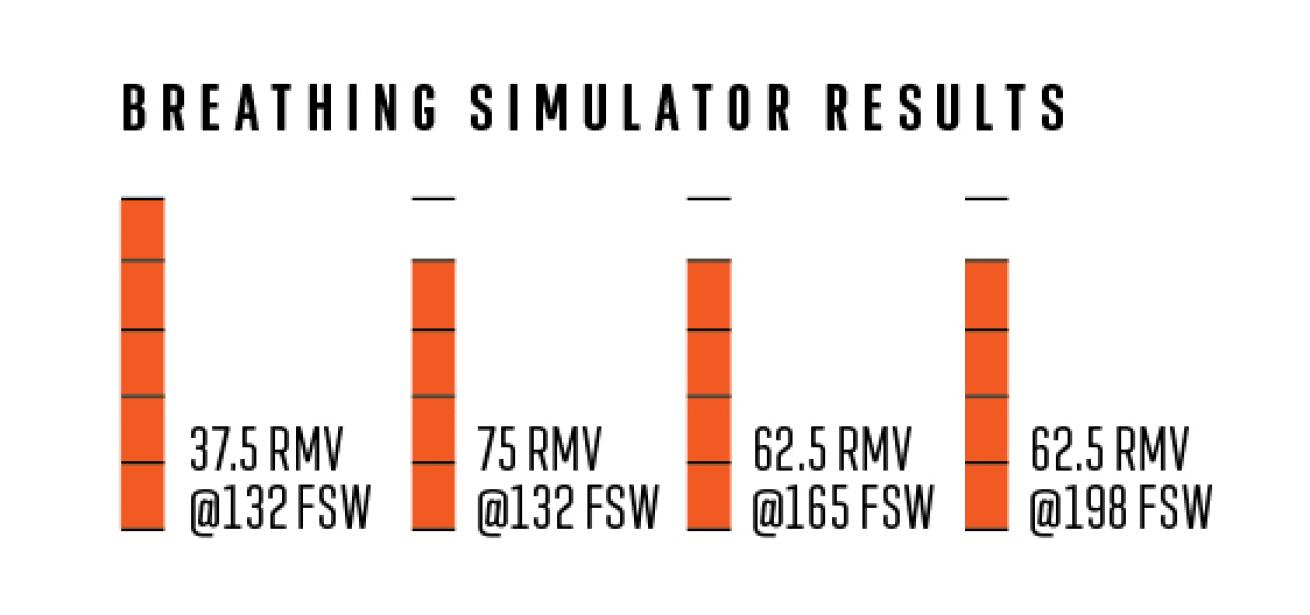
Scuba DivingAqua Lung Mikron
Large hands had some trouble operating the adjustment knob simply due to its compact size. The reg is on the noisy side, and a couple of divers reported some hums and honks in the water. The first stage is also compact but manages to squeeze in two HP and four LP ports in an easy-to-manage configuration.
Cressi AC10V/XS-Compact
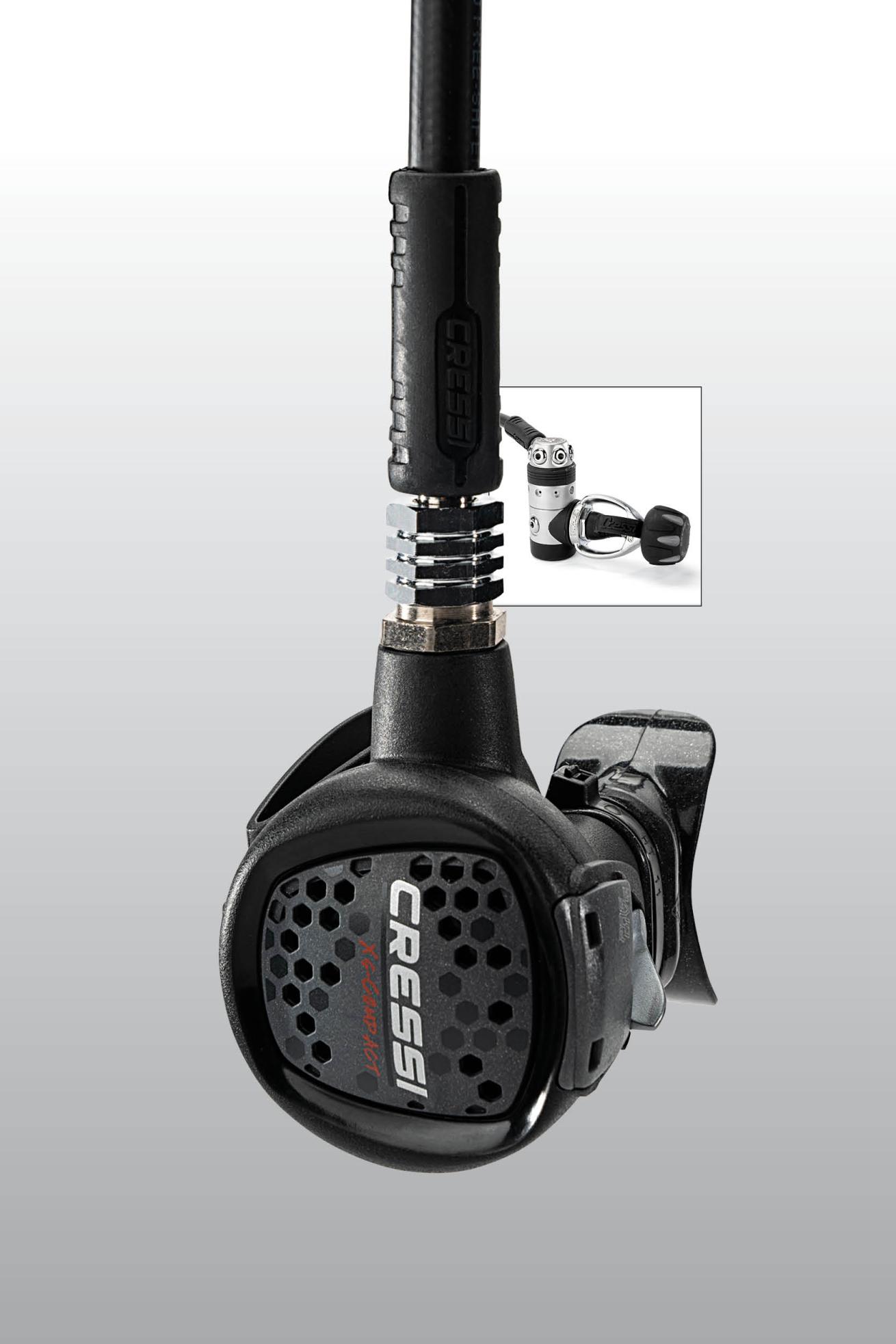
Jon WhittlePrice: $419.95; Cressi
This rig pairs the fun-size XS-Compact second stage with the heavy-duty AC10V first. What can we say? Opposites attract. Divers were impressed by the Compact’s dry breathing and gave it very good scores in all positions, including best score for dryness in the challenging face-up position. Divers rated it very good for ease of breathing, except when face-up, where they felt resistance. The second stage is easy on the jaw and scored very good for comfort. Divers liked the ergos of the top-mounted Venturi control but were mixed on its effectiveness.
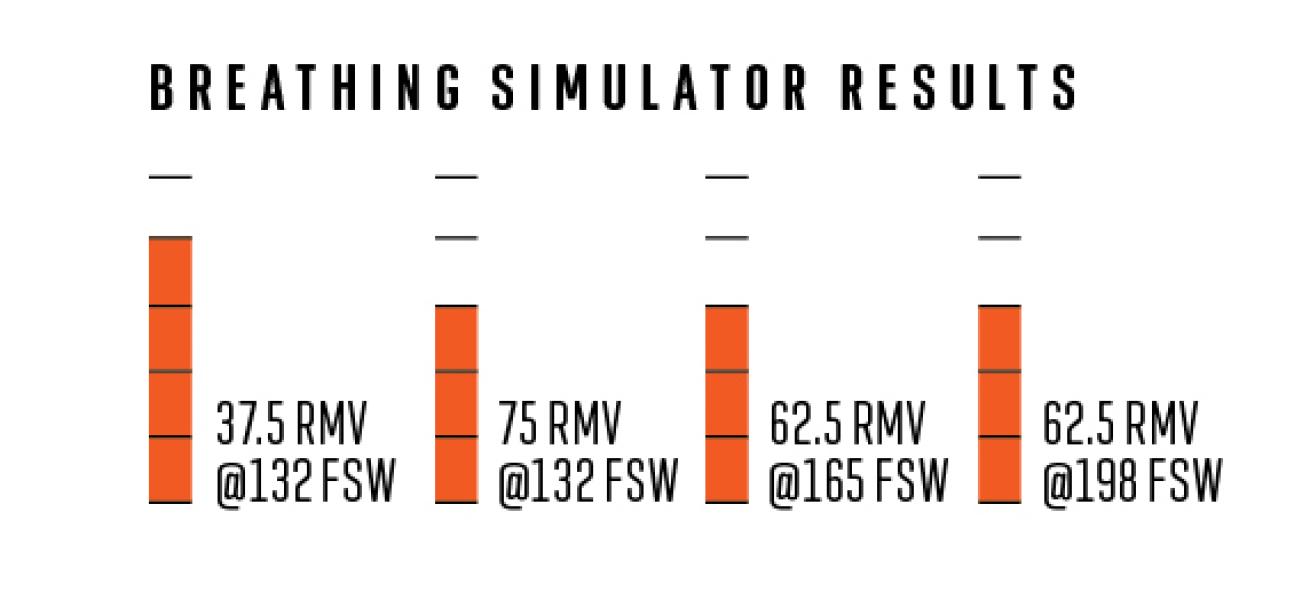
Scuba DivingCressi AC10V/XS-Compact
Like most small regs with narrow exhausts, the Compact is prone to some bubble interference, but only in the vertical position was it a nuisance. The AC10V balanced-piston first stage puts its bulk to good use by making room for two HP ports and a 360-degree rotating turret with five LP ports.
Cressi T10 Cromo/Galaxy
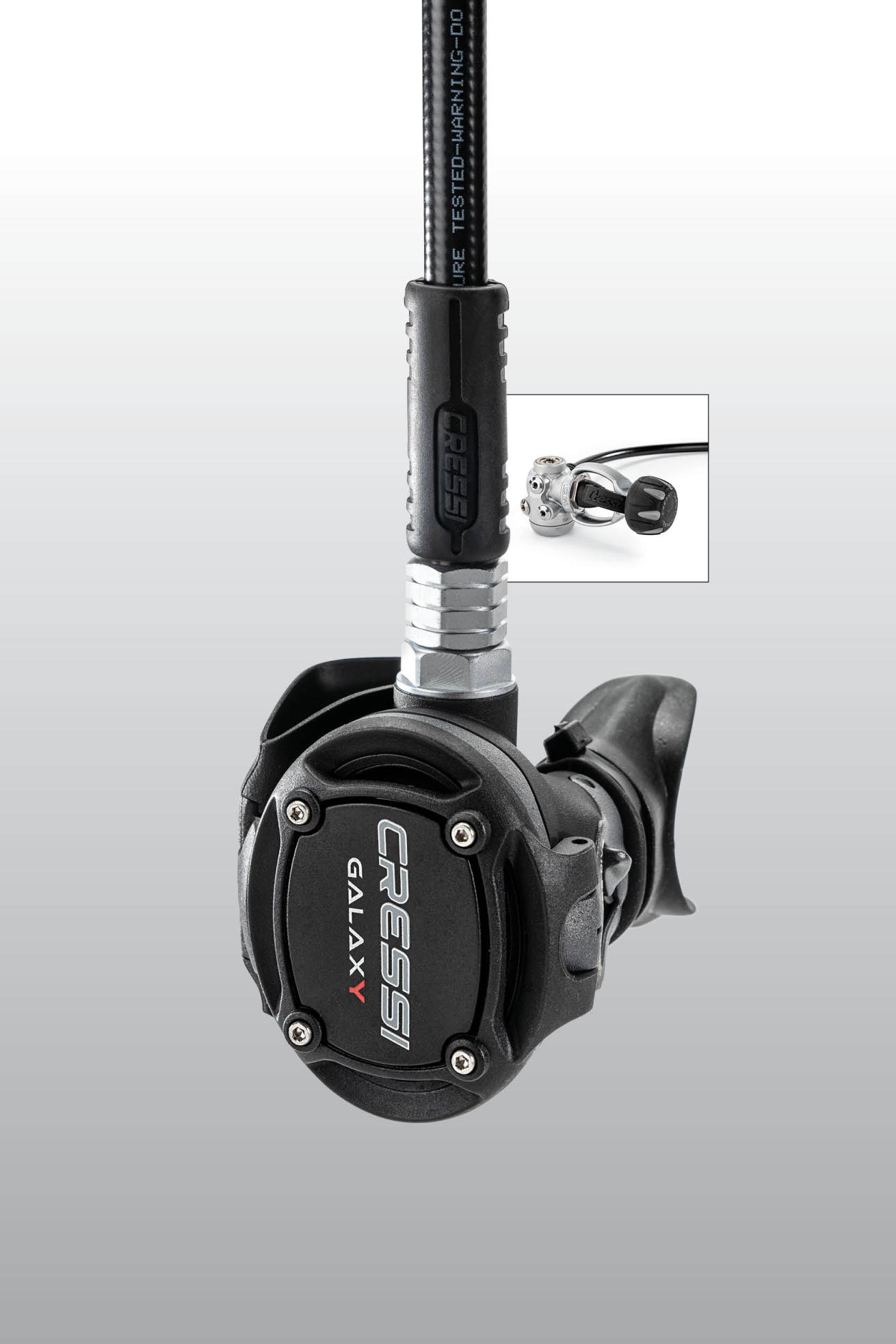
Jon WhittlePrice: $499.99; Cressi
“One sweet, easy breather.” That’s how one test diver described the Galaxy’s smooth, quiet inhalations. It was also rated very good for dryness in normal and face-up orientations. Even without using the top-mounted Venturi switch, the Galaxy wasn’t prone to free-flow. Test divers were fans of the Galaxy’s supple, all-rubber diaphragm cover, which allowed for a really smooth, predictable purge. “Love the soft purge,” commented one test diver. “Responsive but not trigger happy,” noted another. Divers found the elliptical second stage very comfortable, riding easily in the mouth without undue weight or pressure.
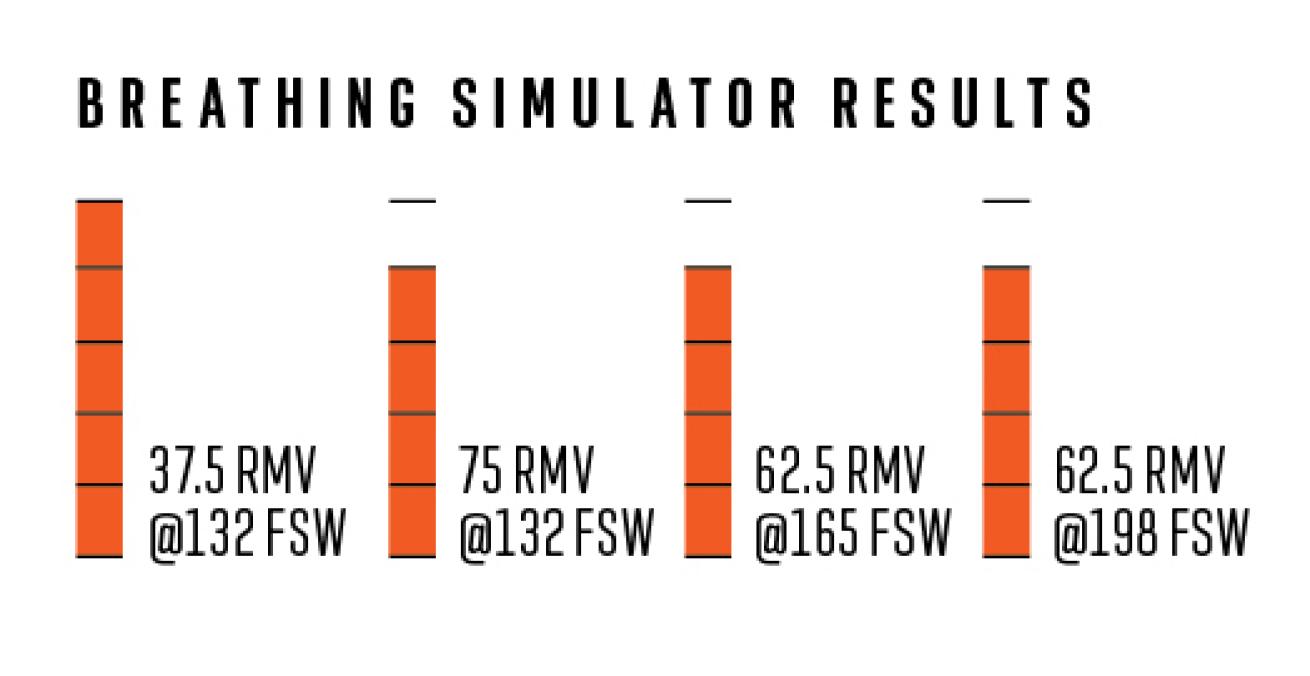
Scuba DivingCressi T10 Cromo/Galaxy
“Good weight” and “felt lightweight” were typical comments. The first stage has two HP and four LP ports neatly arranged in T-shaped configurations on each side for easy setup. “Really solid, all around,” was how one test diver summed up the Galaxy.
Scubapro MK11/C370
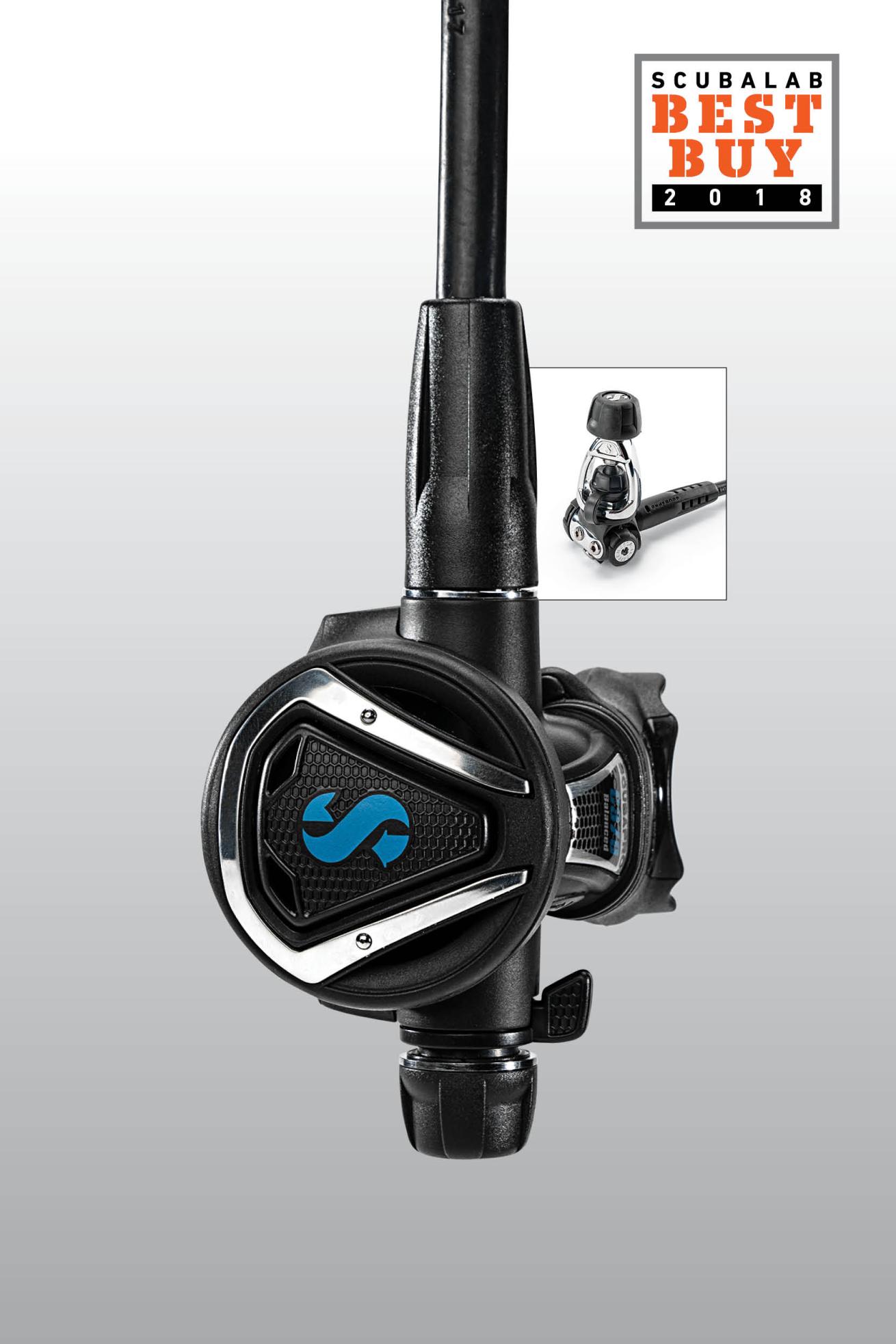
Jon WhittlePrice: $465; Scubapro
The new C370 second stage is based on the capable C350 but with changes, including a balanced valve and a new exhaust tee (similar to that on the S620 Ti) designed to reduce work of breathing. Paired with a proven performer in the MK11 first stage, the little C370 took excellent scores on the simulator at all test depths and breathing rates, and then proved to be a real gem in the water during our test dives. It took or tied top scores for ease of breathing in normal and face-up positions, and for quiet operation, prompting test-diver comments like “smooth as silk."
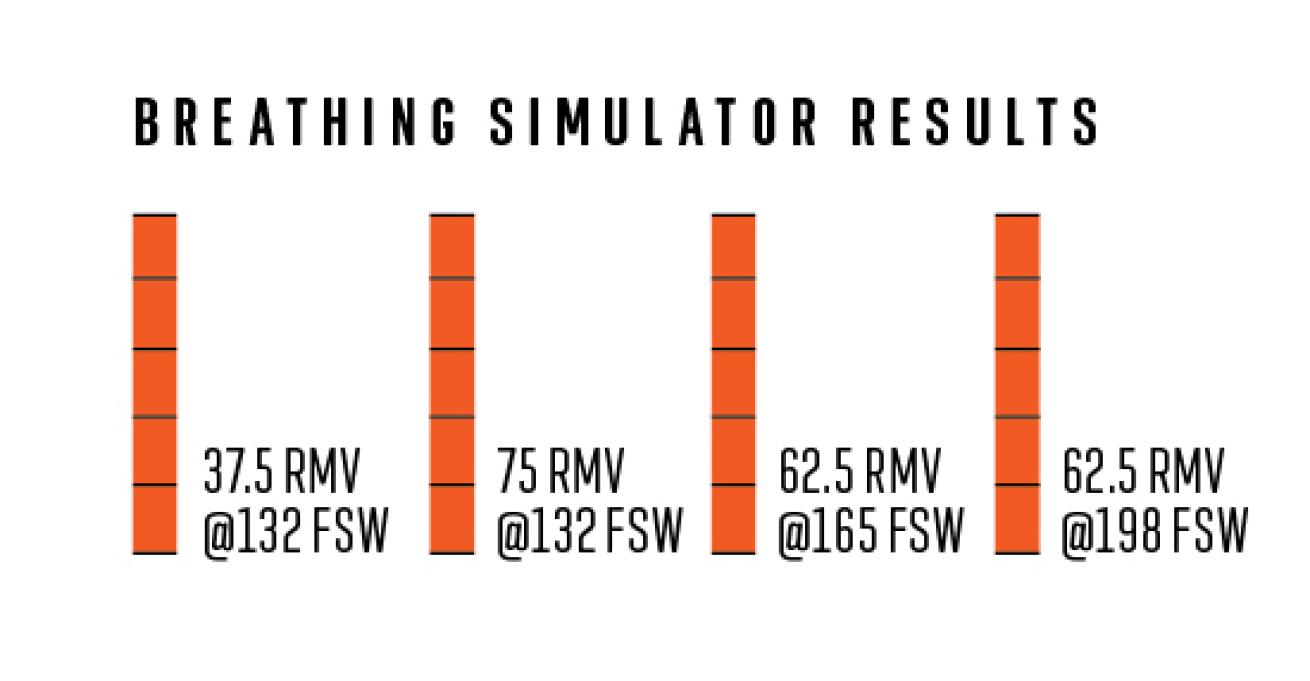
Scuba DivingScubapro MK11/C370
Some divers found it almost too eager to deliver air with the breathing adjustment cranked full open, as if it anticipated their next breath. Capable and comfortable, selected as a favorite by multiple test divers, and priced below the average in this year’s test lineup, the MK11/C370 is our Best Buy.
Seac DX 200
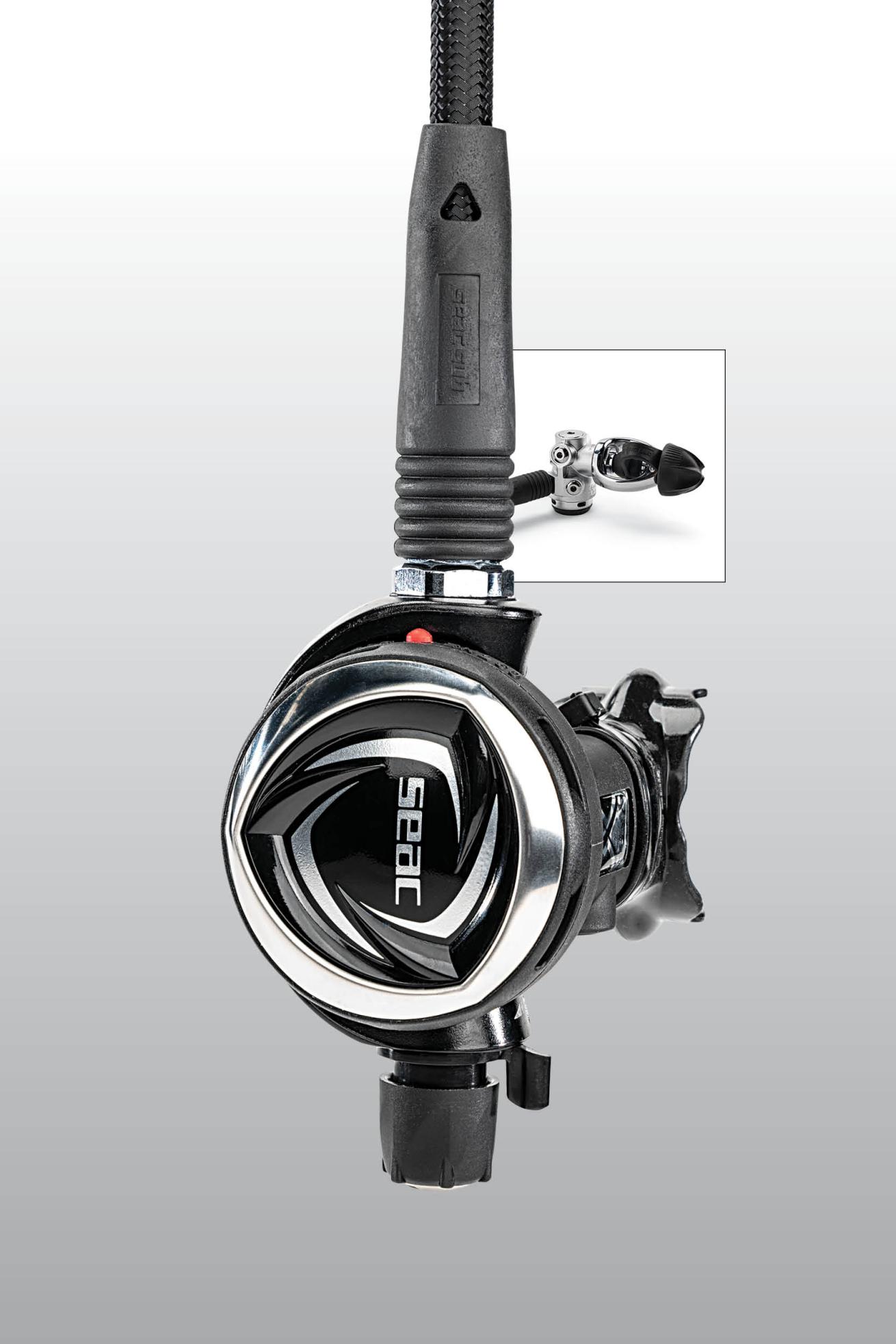
Jon WhittlePrice: $519; Seac
More than one test diver commented on the sleek DX 200’s classy looks. But more important, it backed up that sophisticated styling with solid performance both on the breathing simulator and in the water. Its breathing adjustment — effective and easy to reach and use — earned the top rating in the test. The purge, with a solid, triangular diaphragm cover, was a bit stiff but was able to resist free-flows even heading into a strong current. The four LP and two HP ports are angled for convenient hose setup, with the HPs directed downward just enough to keep the tank transmitter or SPG hose tucked well out of the way.
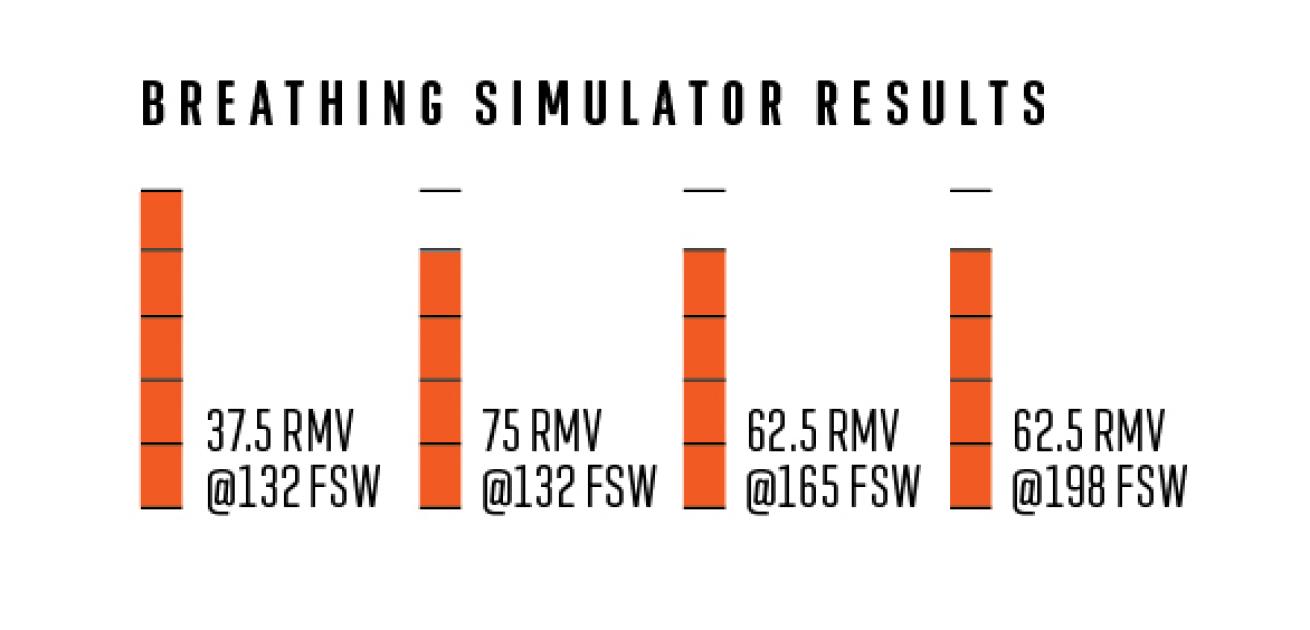
Scuba DivingSeac DX 200
Most divers rated the second stage comfortable, but a few testers with smaller mouths found it a bit much for them. Divers were impressed by the DX 200’s solid, quality feel, with one tester commenting, “Everything about this reg seems well-done.”
Mares 75XR-DR Full Tek Set
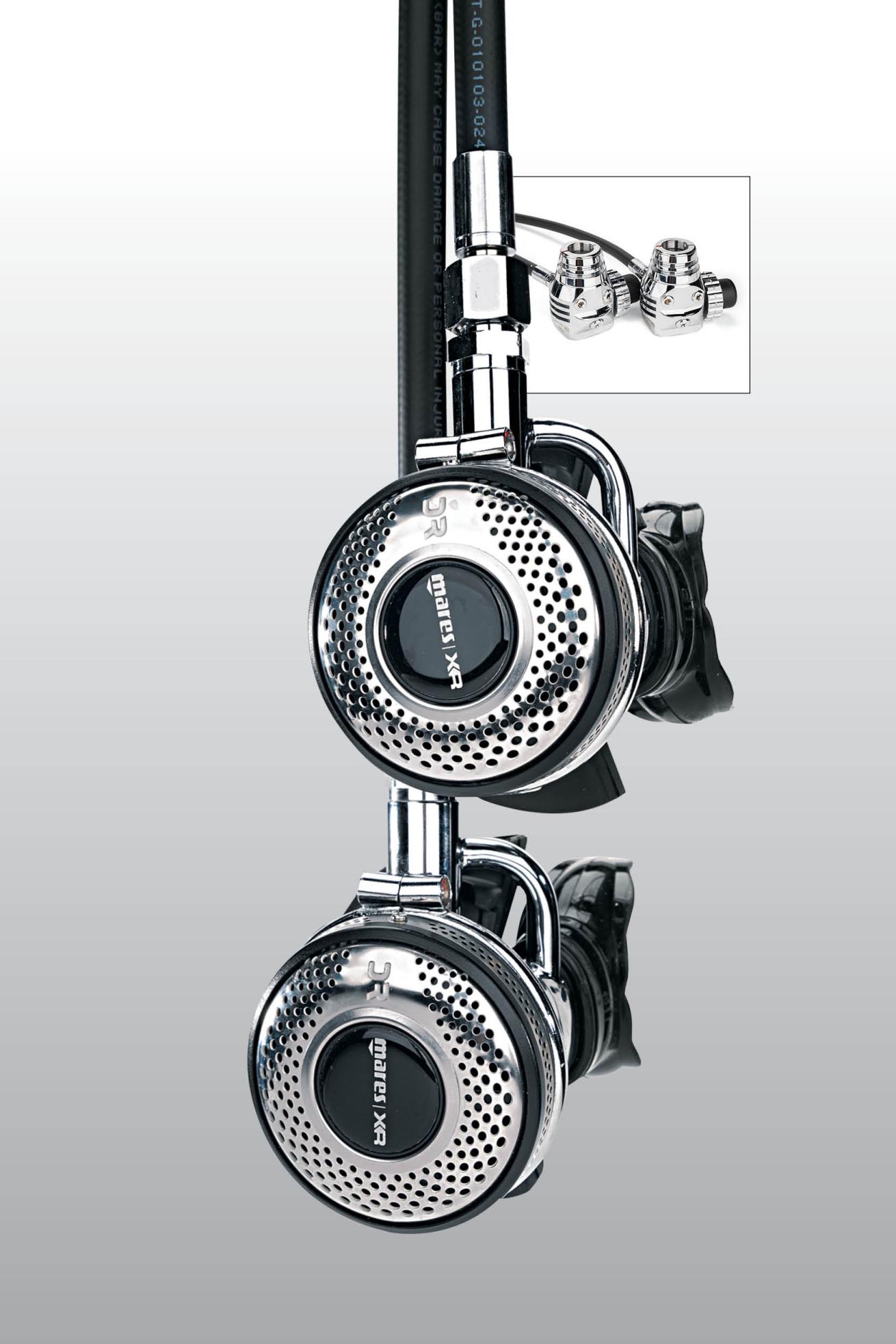
Jon WhittlePrice: $1,500 set; Mares
This no-nonsense tec rig includes a pair of 75XR first and DR second stages (one with a 7-foot hose) ready to snug down onto a twin set. The hefty DIN-only firsts are of plated brass with loads of mass for reliable cold-water work. The metal-body second stages have a fine mesh cover to disperse water flow and prevent free-flows in current or when scootering. With its tec credentials, the 75XR cruised easily in the simulator down to 288 feet (the deepest in the test). But what we didn’t expect was what a pussycat the reg would be in our rec-oriented test dives, where it tied top score for ease of breathing in swim position.
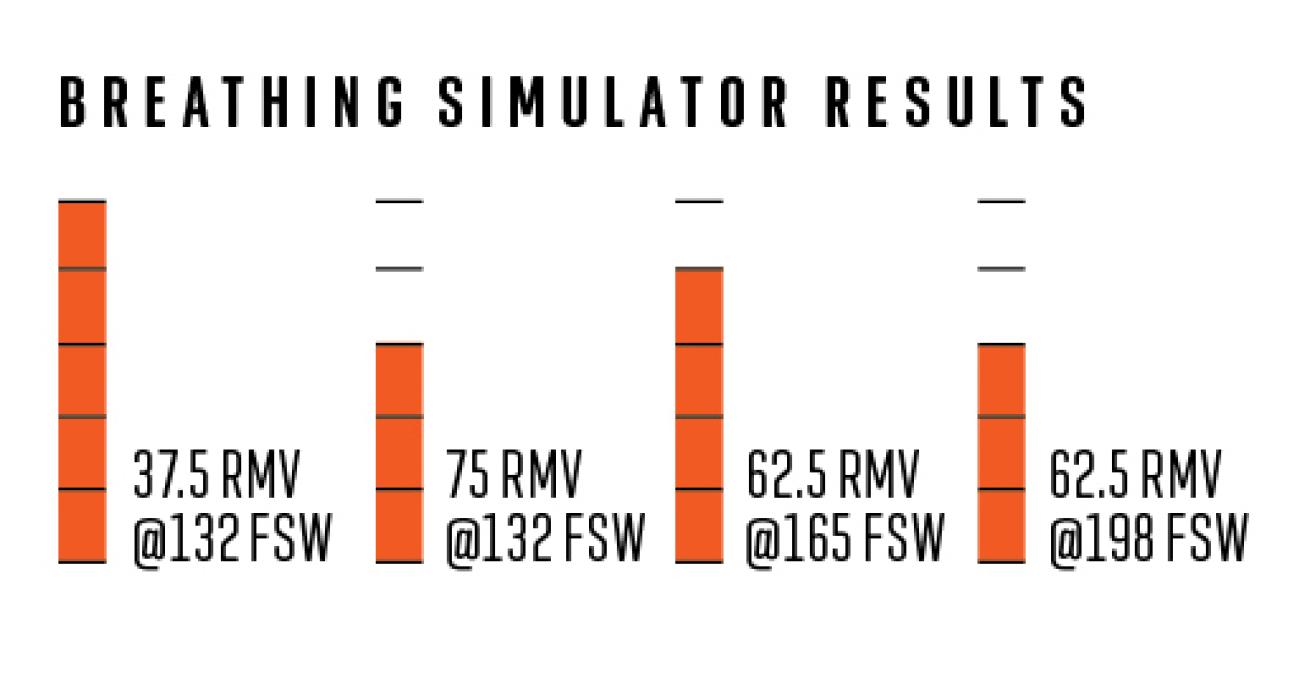
Scuba DivingMares 75XR-DR Full Tek Set
It has no breathing adjustment or Venturi control, but it wasn’t at all prone to free-flow. It had among the best scores for ease of clearing and bubble interference, and earned praise such as “whisper quiet” and “smooth, easy breather” from test divers.
How We Test
Objective testing was conducted at Dive Lab, a testing facility in Panama City Beach, Florida, on an ANSTI breathing simulator that measures effort required to move air at a series of depths and breathing rates.
Regs are tested in the face-forward position, and those with breathing adjustments are set at the wide-open/no-free-flow point.
Each “breath” by the simulator moves 2.5 liters of air, at breathing rates of 15, 25 and 30 breaths a minute. These volumes of air are called Respiratory Minute Volumes (RMVs). The effort to breathe — work of breathing — is measured in joules per liter.
We test at these depths and breathing volumes:
- 37.5 RMV @ 132 feet of seawater: This represents the maximum recreational depth at a somewhat aggressive breathing rate.
- 75 RMV @ 132 fsw: This simulates the potential demand at maximum recreational depth for a diver at an extremely heavy work rate, or two divers buddy breathing at a somewhat aggressive rate.
- 62.5 RMV @ 165 fsw: The European conformance standard EN250, this is also a depth and breathing rate commonly used by manufacturers.
- 62.5 RMV @ 198 fsw: This is the U.S. Navy’s Class A test depth and breathing rate (although the Navy uses a higher HP supply pressure than we do).
The simulator monitors effort required to inhale and exhale. As depth and breathing rate increase, the work gets harder. We don’t test for a pass/fail grade, but rather to gauge performance, illustrated on the charts for each reg.
Ergonomic testing was conducted at Alexander Springs in Central Florida by divers who evaluated each reg on the following:
- Ease of breathing in swimming position
- Ease of breathing in face-up position
- Ease of breathing in head-down position
- Dryness in normal swimming position
- Dryness in face-up position
- Dryness in head-down position
- Bubble interference in swim and vertical positions
- Ease of clearing by purge and exhalation
- Purge stiffness
- Venturi lever adjustment and effectiveness of blocking free-flows
- Breathing-adjustment ergonomics and effectiveness
- Comfort of second stage size, shape and weight
- Noise during inhalation and exhalation
Regulators are also evaluated for ease of setting up their first-stage hoses, and test divers rate regs based on the comfort of their standard mouthpieces, but this score is not included in overall scores.
How We Score
The bar graphs show breathing effort at each depth and breathing rate measured in joules per liter (j/l). In the graphs, 5 bars = excellent and 1 bar = poor. The scoring is:
5 = 1 j/l or less
4 = 1.1-1.5 j/l
3 = 1.51-2.25 j/l
2 = 2.26-3.0 j/l
1 = more than 3 j/l

